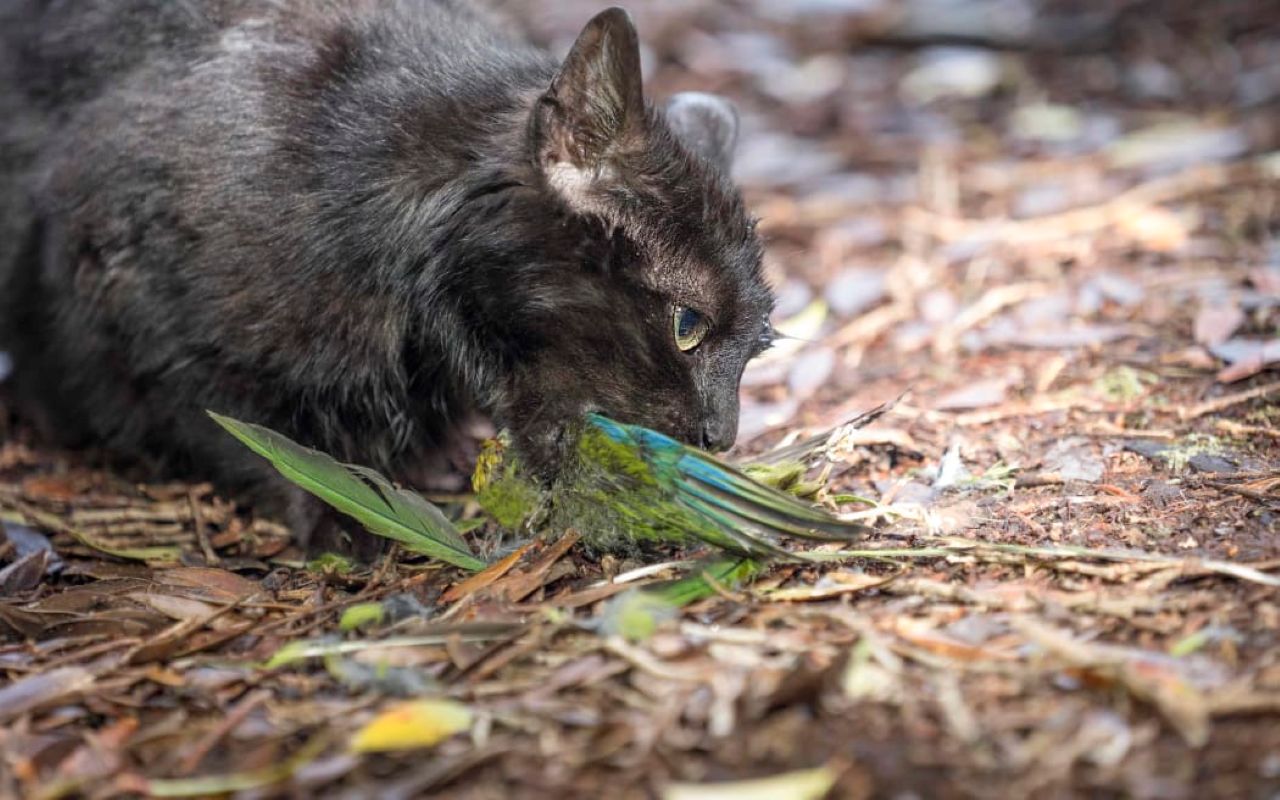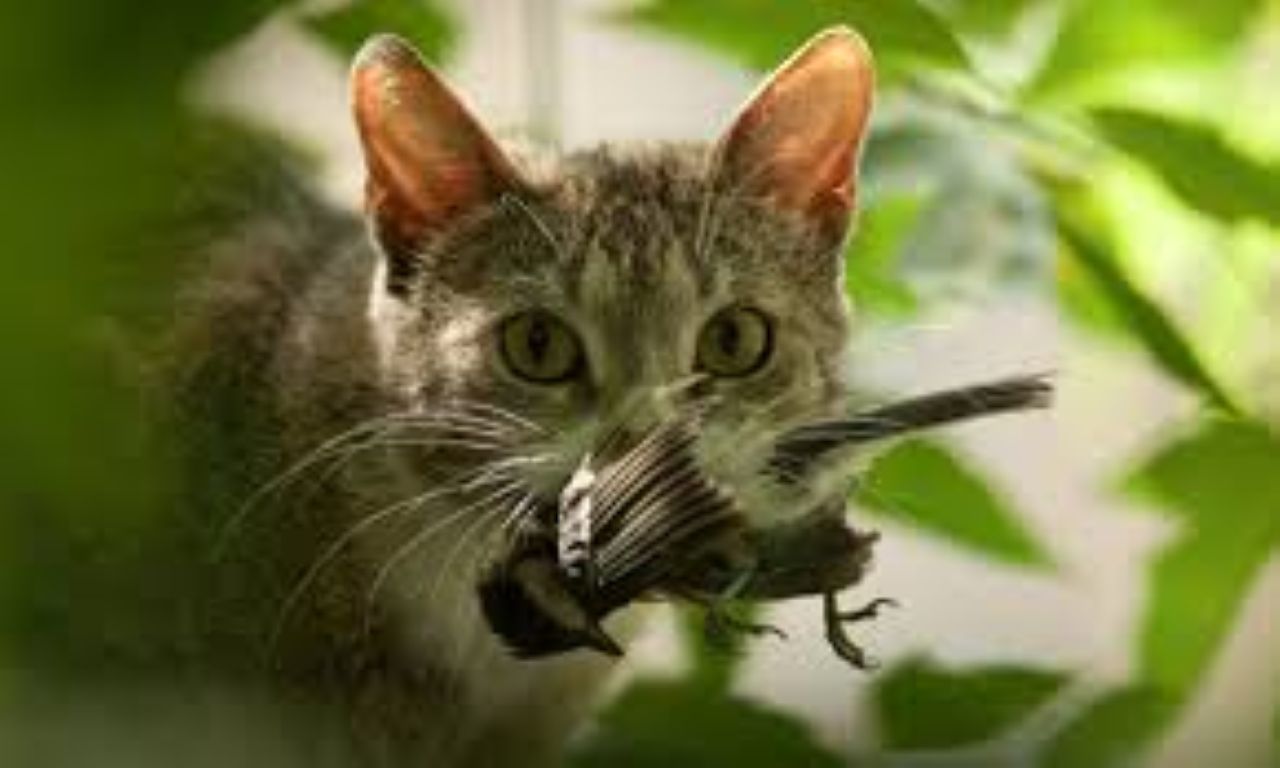'Stone cold killer' feral cats added to Predator Free 2050 strategy, Conservation Minister announces
Matakana Coast App Staff Reporter
22 November 2025, 5:48 PM

Feral cats will now be officially added to the Predator Free 2050 eradication list, marking a significant shift in government policy. Conservation Minister Tama Potaka announced the change, describing feral cats as “stone cold killers” responsible for widespread harm to native wildlife, including birds, bats, lizards, frogs and large insects such as wētā.

Conservation Minister Tama Potaka
The decision follows public scrutiny after it emerged that, despite a 2023 campaign promise, feral cats had not been included in earlier government proposals. A recent discussion document even suggested they should remain excluded, citing concerns about feasibility. However, public submissions overwhelmingly called for their inclusion, prompting what amounts to a notable U-turn.

Why the Change Matters
This is the first time since 2016 when Predator Free 2050 was launched that a new species has been added to the target list. Feral cats are estimated to number in the millions across the country and are considered apex predators that have driven or contributed to the extinction of several native species.
Potaka said adding them to the programme is essential for restoring biodiversity and safeguarding unique landscapes. Conservation groups, including the Predator Free New Zealand Trust, have strongly welcomed the announcement, saying it aligns with shifting public views and long-standing ecological concerns.
How Eradication Might Work
Including feral cats on the list is expected to accelerate research and development of new control tools. Current possibilities include poison-laced bait sausages and “spit” technologies that deliver toxins directly to the animal. Potaka also noted that scientists are exploring future genetic solutions, though these remain some years away.
Funding arrangements have not been detailed, but the International Visitor Levy is already contributing toward predator control. Some predator-free responsibilities have recently shifted to the Department of Conservation after Predator Free 2050 Ltd was wound down to reduce costs.

Implications for Pet Owners
Only wild, self-sustaining cats are targeted under the new policy. However, including feral cats in the national predator strategy could drive wider conversations about pet cat management. Measures such as compulsory microchipping or registration may be considered to ensure domestic cats are not caught up in eradication work.
Potaka, who owns two rescue cats, says responsible ownership is key and that distinguishing between pets and feral animals will remain central to the policy. He emphasised that well-cared-for domestic cats are not the focus of Predator Free 2050.



